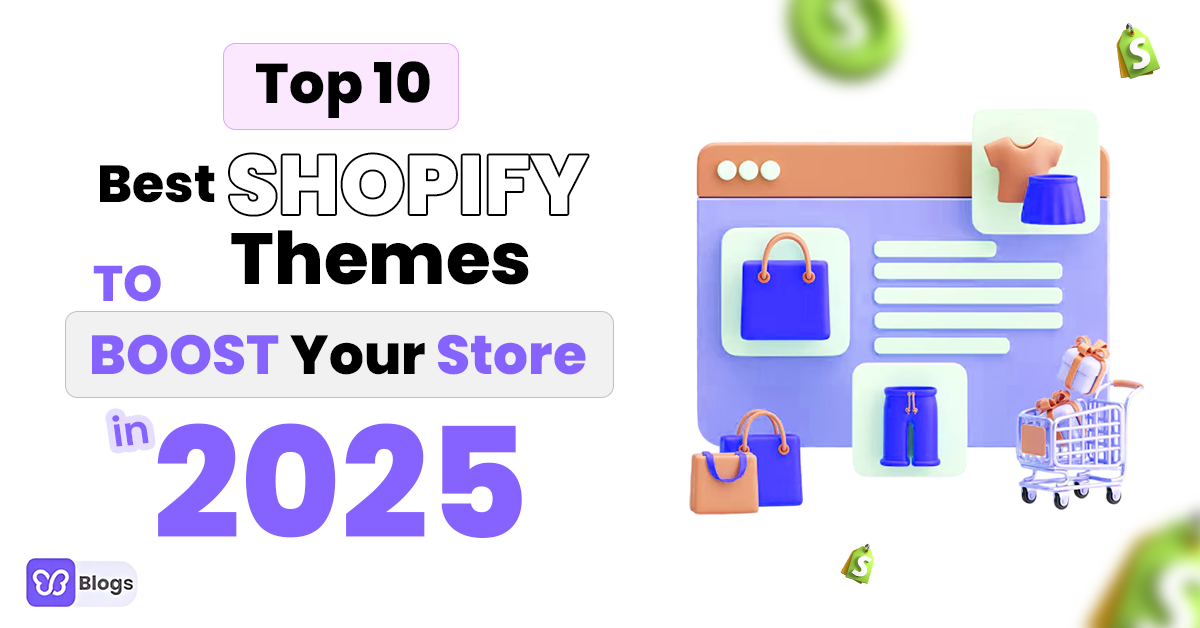The landing page vs website choice will decide how much revenue you bank in 2025. Founders who marry the right asset to the right traffic stream are widening the gap on competitors who still treat everything like a homepage. A recent Unbounce benchmark shows the median landing page converts at 6.6%, while the typical e-commerce site averages 2–4%—a more than 2× swing on the exact same ad spend.
This article unpacks that delta. You’ll learn when a single-minded landing page smashes a full site, where a complete site wins trust, and how a hybrid funnel lets you scale faster than either option alone. By the end, you will wield the landing page vs website debate as a strategic lever, not a philosophical argument.









